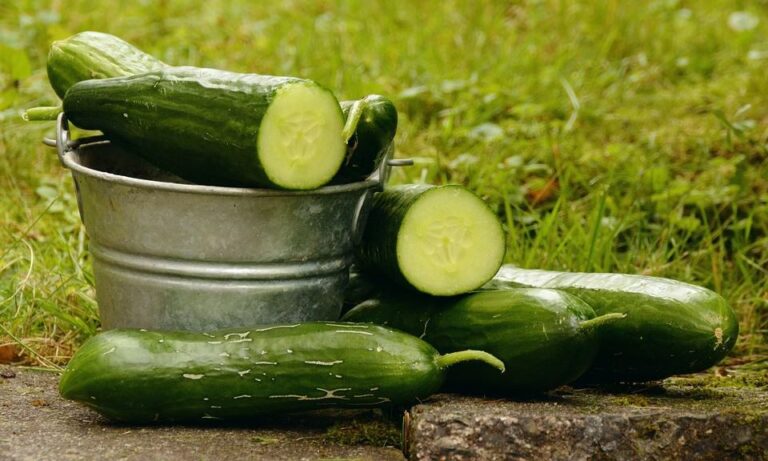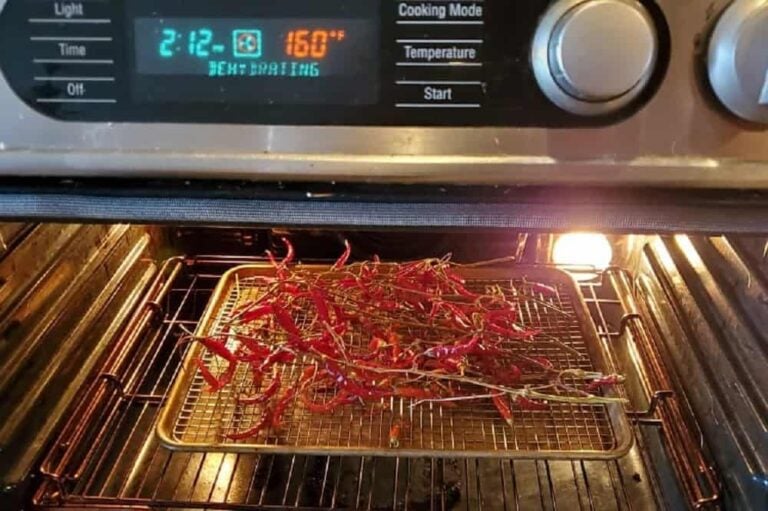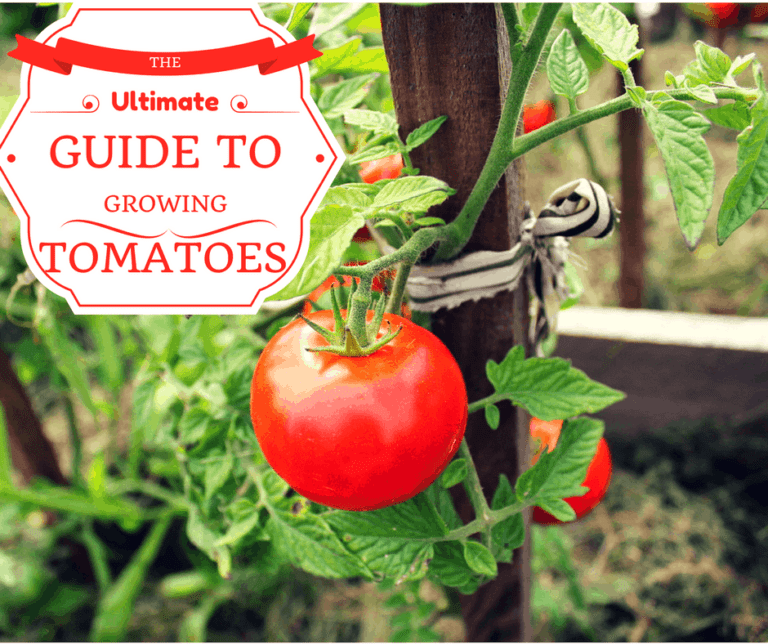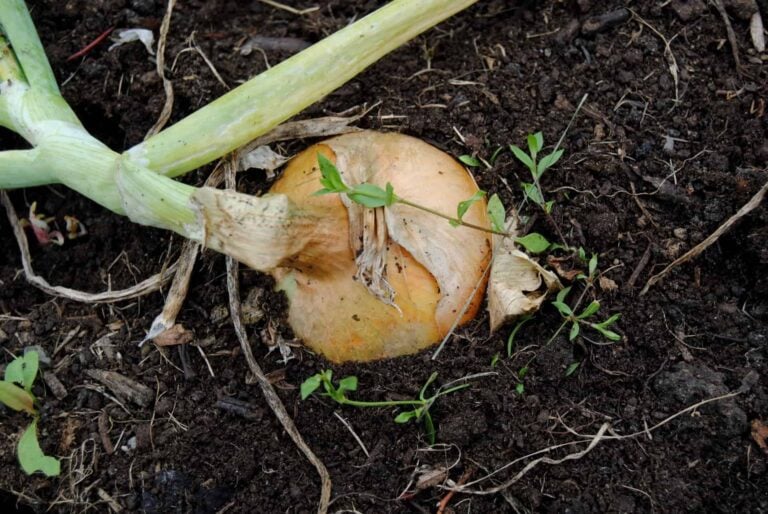Effective Methods for Potato Spacing
Spacing potatoes properly is one of the most important steps in planting potatoes. How far apart to plant potatoes depends mostly on the variety of potato, as some smaller varieties have larger spreads than large potato varieties, and vice versa.
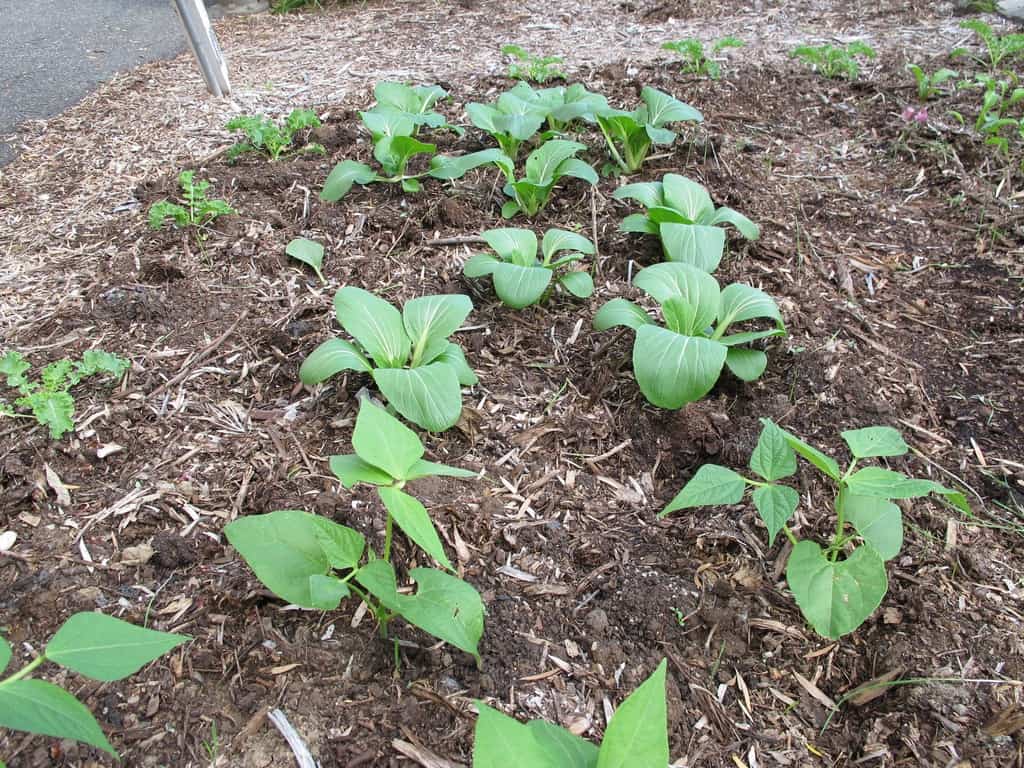
Potato spacing of fingerling and other small varieties of potatoes can sometimes have doubled-up rows within each trench and still produce a high yield. Typically, 12-inches of space between each potato is perfect. Most standard and larger size potatoes need at least three feet of space between each of their rows and 12 to 15-inches or more between each seed potato.
Table of Contents
Why is it Important to Space Potatoes Properly?
Potatoes grow differently than other underground plants. Instead of growing down further into the ground, they grow up. New potatoes form from the eyes of other potatoes. As they grow bigger, the potatoes under the ground spread out and up. Potato spacing is important, because potatoes that aren’t given enough room in the ground can become deformed, not reaching maximum girth and producing fewer potatoes on the plant.
Gardeners also have to complete a routine process called hilling as potatoes grow. During the hilling process, gardeners will move soil up and around the base of the stalk that grows above the ground. They need quite a bit of soil to do this, as this ensures that growing potatoes never get exposed to sunlight or other weather conditions.
If gardeners don’t leave enough space between their potatoes when they plant them, they put their plants at risk by not being able to adequately hill them.
Why Do Space Requirements Differ for Fingerlings or Small Varieties and Standard or Larger Varieties of Potatoes?
Fingerling potatoes is the name given to smaller varieties of potatoes that are especially useful for roasting in recipes. They are given the name for their small size, usually no larger than three to four inches and between one and two inches in diameter, and finger-like shape. Other small varieties of potatoes can be an inch in diameter or smaller. Standard or larger size potatoes can encompass a wide number of varieties, but are typically larger than 2 ½ inches in diameter.
Fingerling or other small varieties of potatoes can be planted whole or cut into pieces if they’re particularly long. Even though they’re small, they can produce a high yield of new crops. Still, each is small, so the potato spacing needed between each planted fingerling or small variety of potato isn’t as much as needed by standard potatoes. Standard or larger sizes can produce high yields as well, and with bigger potatoes, so they usually require more space between each plant.
How Far Apart Should Rows Be?
When deciding how far apart to plant potatoes of different varieties, you should first consider how far apart to make your rows of trenches. If you want to learn how to create a trench for best potato spacing and growth, check out this video by Get Planting.
Space out your rows of trenches using a hoe or large rake. Each trench should be about one meter, or just about three feet, wide. This will ensure that your rows have plenty of space between them for best potato growth and yield. Both small and standard or larger size potatoes will benefit from this distance between each trench.
How Far Apart Should Each Potato Be?
Now that you have properly spaced trenches, you should focus your attention on the spacing between each potato. This can vary widely depending on the variety of potato you’re planting. Let’s look at some of the most popular potato varieties and how far apart they typically need to be spaced for best health and yield. If you are looking to grow potatoes indoors, the requirements will also be a little different.
Fingerlings and Small Varieties
GrowVeg recommends that, as a general rule of thumb, fingerlings potato spacing should be in double rows within a trench for maximum productivity, and about twelve inches apart from one another. Or, if you specifically want to grow smaller fingerlings, you can opt for about eight inches between each potato.
However, this can change depending on the size of fingerlings you want to grow and the variety of fingerlings. Some need more space than others. Most small varieties of potatoes can grow adequately without a large amount of space, but always check your specific variety for optimal potato spacing and growing conditions.
Red Thumb fingerling seed potatoes are a popular variety that grows a plant about eight inches long at maximum maturity. Red Thumb fingerling seed potato spacing should be about twelve inches apart for full growth and rows should not be doubled. Instead, make each row about three feet apart.
Yukon Gold is one of the most popular small varieties of potatoes for adding to soup, boiling, or baking. Each potato, at full maturity, gets about three or four inches big, but the full plant reaches about twelve inches. Burpee recommends potato spacing for each Yukon Gold potato at least ten to twelve inches apart for maximum production.
Standard or Larger Size
SFGate says that for standard seed potatoes, the general spacing should be about twelve inches apart. However, as with fingerlings and smaller varieties, the actual spacing can change depending on your specific potato variety.
Sarpo Mira is a maincrop variety of potato, meaning that it matures during the average season timeline. Maincrops are usually larger and need more space to grow. Sarpo Mira, at full maturity, has a plant about 24-inches wide, and needs at least 18-inches of space between each planted potato to reach full growth.
Russet potatoes, popular especially for baking because of their large size, are the most commonly grown potatoes in the United States. Even though the potatoes the plant produces are large like the seed potato, the recommended distance between each planted potato is about twelve inches apart. This spacing can still produce about 10 to 15 pounds of Russet potatoes. However, ensure that you have at least three feet of space between each row of Russets for best production.
If you are interested in spacing for other vegetables in your garden, please read our other articles about carrots spacing and kale spacing.
Frequently Asked Questions regarding Potato Spacing
How much space do I need to leave between potato plants?
The amount of space you should leave between potato plants depends on the variety of potatoes you’re growing and the size of your garden. As a general rule, you should space potato plants 12-15 inches apart in rows that are 2-3 feet apart. This will allow the plants to grow and produce a good yield.
Can I plant potatoes closer together to save space?
While it may be tempting to plant potatoes closer together to save space, it’s not recommended. Crowding potato plants can lead to stunted growth, reduced yield, and increased risk of disease and pests. It’s important to give each plant enough space to grow and develop properly.
Can I plant potatoes in containers?
Yes, you can plant potatoes in containers, but you’ll need to choose a container that is at least 12 inches deep and wide enough to accommodate the number of potato plants you want to grow for proper potato spacing. Be sure to use a good quality potting mix and provide consistent moisture throughout the growing season.
How do I know when to harvest my potatoes?
Potatoes are ready to harvest when the plants begin to die back and the leaves turn yellow. It’s important to wait at least two weeks after the plants die back before harvesting to allow the potatoes to mature fully. You can dig up a few potatoes to check their size and maturity before harvesting the entire crop.
Can I plant potatoes in the same spot every year?
It’s not recommended to plant potatoes in the same spot every year, as this can lead to a buildup of pests and diseases in the soil. It’s best to rotate your potato crop every year, planting them in a different spot in your garden or using a raised bed or container.

